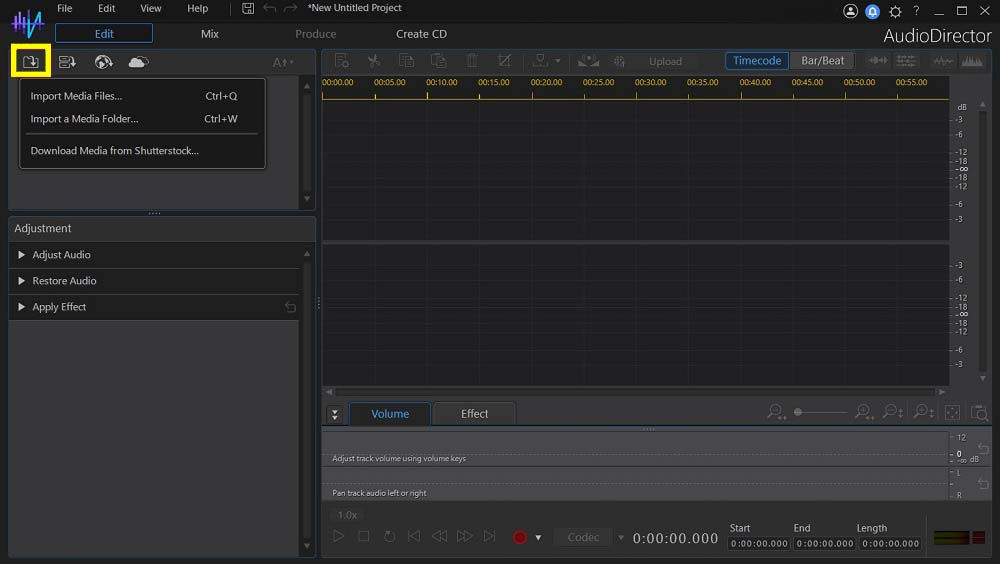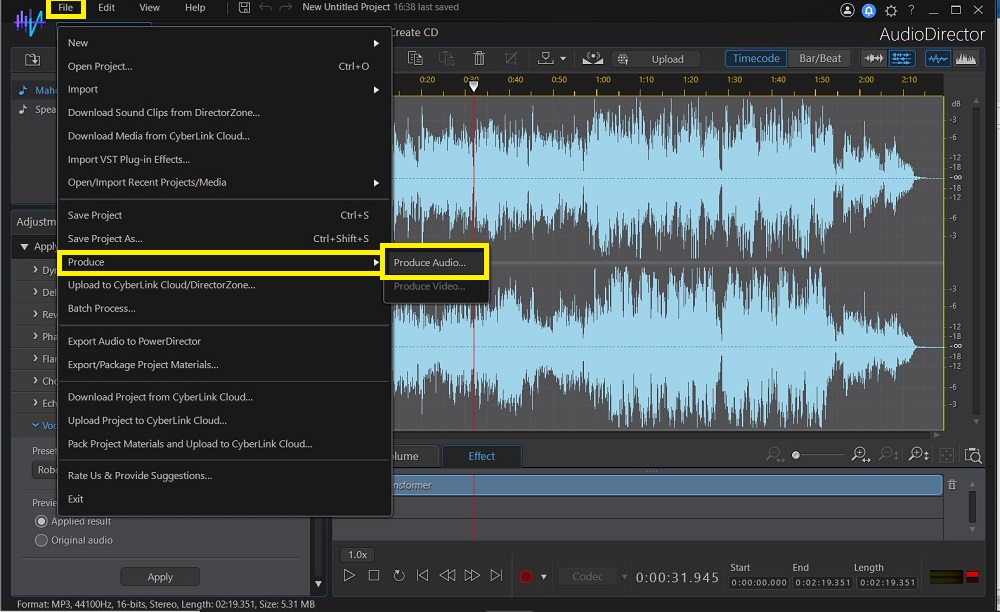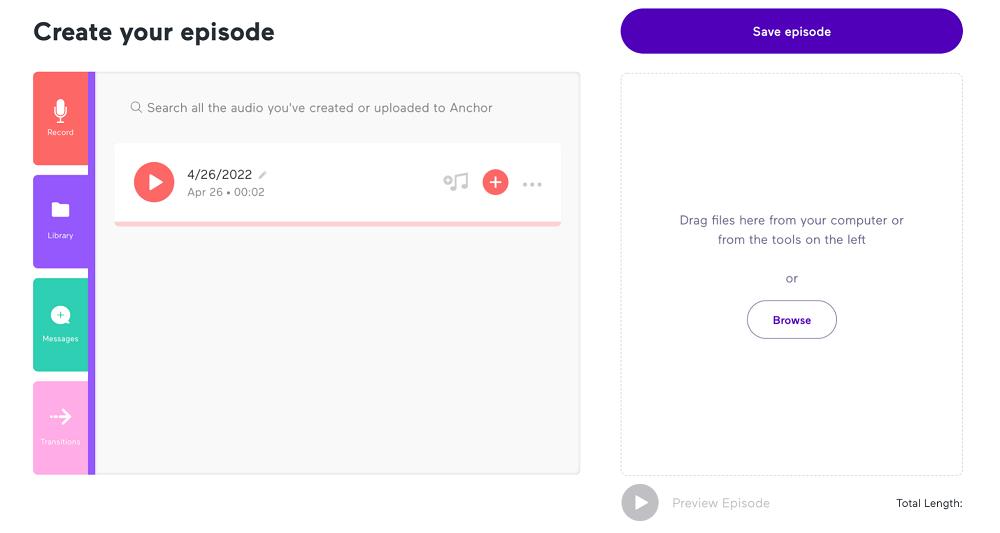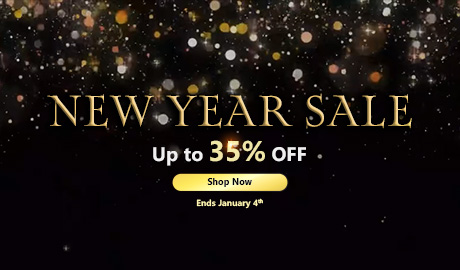How to Make a Podcast on Spotify

Creating a podcast is a fantastic way to develop a relationship with a vast audience of listeners. It's not nearly as competitive as creating a blog, and you can make an even more significant impact and reach many more people with your content.
You may already be good at social media content creation, but it can still be pretty overwhelming to think about all the unknown steps in making a podcast. So before you start worrying about what it takes to make a podcast on Spotify, take a breath and let out a massive sigh of relief. This article explains everything you need to know and provides a step-by-step tutorial to help you get started in Spotify podcasting.
- Why Make a Podcast for Spotify?
- Best Spotify Podcast Maker
- How to Make a Podcast on Spotify
- Find Your Niche or Topic
- Choose Your Podcast Name, Music, and Logo
- Create a Podcast Episode
- Find a Podcast Hosting Provider
- Submit Your Podcast to Spotify
- Promote Your Podcast
- Download the Best Spotify Podcast Maker for Free
- Spotify Podcast FAQ
Why Make a Podcast for Spotify?
The question is, why wouldn’t you make a podcast for Spotify? Spotify is ahead of many other music and podcast streaming services, with almost half the total number of podcast consumers using their service. They even outperform Apple podcasters, and their number of podcast consumers steadily increases yearly.
If you are a content creator, why not video record your show and list it on YouTube while also using snippets of that recording for your social media accounts? There is practically no end to the benefits of creating a podcast.
Best Spotify Podcast Maker

AudioDirector
AudioDirector is the ultimate audio editor, and it’s your go-to for recording, mixing, editing, and mastering your tracks. AI-powered tools optimize your recording experience from any location by making ambient sounds like wind gusts or reverb and echo completely disappear, leaving the crisp and clean audio you need and desire.
How to Make a Podcast on Spotify
Before we get into the step-by-step guide, let's figure out where to start. First, we know a podcast is an audio program that people can listen to from anywhere, on the go, in their car, working out, and on any smart device.
For years, we listened to audio programs on the radio, but now we can quickly check out podcast directories like Spotify, Apple Podcasts, and Google Podcasts to find and stream the latest and most popular audio shows. Experts and storytellers can share their thoughts and narratives in various ways. For example, you can have one person speak directly to the listeners to share their knowledge and stories, host interviews and discussions with guests, or have a counter dialogue with multiple podcast hosts and guests.
Let's next talk about what you will need to get started. Surprisingly, you do not need over-the-top equipment. You can start with basic equipment and always splurge later if you enjoy making podcasts so much that it makes sense for you down the road.
The essential equipment that you will need are the following:
- Microphone - USB or Analog
- Audio Interface - only needed if you use an analog mic to connect to your computer or need to use more than one microphone for multiple hosts and guests
- Pop Filters - to reduce extraneous noises and sounds, allows you to soften harsh sounds with words that contain an "S" and "P"
- Headphones
- Editing Software like AudioDirector or GarageBand.
After you have your equipment and editing software situated, you'll need to get your message out. Here's what you will need to prepare to get started.
1. Find Your Niche or Topic

Your niche will be what the show’s all about. You can research popular podcasts online to see what’s trending to determine how many people are already looking for your type of podcast. Then decide the format of your show, whether you speak directly to the listener, interview guests, or offer multiple co-host discussions. The world is your oyster, and your imagination is the limit.
2. Choose Your Podcast Name, Music, and Logo
Your podcast's name, music, and logo are more critical than you may realize. This is going to be what attracts your listeners right off the bat. You can reference podcast rankings from sites like Chartable to find out how to name your podcast in relation to the topic and primary category. You will want to include something that hearkens back to your niche and what is trending. This will help get more listeners to land on your podcast program.
You also will want to create intro and outro music and consider transitions to set a mood or provide reactions and different elements to layer into your podcast. You will be surprised to learn how much of an impact they make on a podcast. Picture listening to a podcast with no intro and closing music, just pure speech from beginning to end. It's surprising how much background music sets the vibe and pace of a program.
And last but not least, a logo that will be viewed as a tiny thumbnail is a vital piece of your podcast as it is the first thing listeners will see as they search for a podcast. Therefore, you'll want to create a very eye-catching and clean logo, so they do not pass you by.
If you need a logo maker, check out PhotoDirector. You can get PhotoDirector on its own or as part of the Director Suite 365 bundle that comes with PhotoDirector, PowerDirector, AudioDirector, and ColorDirector, all at an affordable price.
3. Create a Podcast Episode
Below you will find step-by-step instructions on how to create a podcast episode for Spotify with AudioDirector. Be sure to click on the link to download AudioDirector so you can start editing your audio and making your very own podcast today!
Recording and Editing
- Import or record your audio in AutoDirector. You'll have your main audio track for your discussion, and you'll want to reserve an empty track underneath for sound effects, music, and other audio.

- Listen to your audio and delete the sections you don't need.
- Remove any excess background noise with the Restoration tools.
Mixing
Mixing a podcast can be time-consuming and tedious, but with AudioDirector, it's as easy as dragging, dropping, and adjusting levels.
- Arrange your tracks in a hierarchical order. It could be something like:
- Your host audio
- Guest or co-host audio
- Sound Effects
- Music
- Master track
- Organize your audio clips, ensuring each voice gets its own track.
- Adjust the volume if needed to keep consistent noise levels.
- Add fades and music when appropriate.
- Listen to your mix and make adjustments as necessary.
Exporting Your Podcast
The process of exporting a podcast with AudioDirector couldn't be easier.
- After you've finished editing and mixing, simply click File > Produce > Produce Audio.

- Select your output folder and format.
- Click Produce.
4. Find a Podcast Hosting Provider
You will need to find a provider to be able to store all of your media files. You can utilize some popular favorites like SoundCloud and Libsyn for prices ranging from around $3 to $20 a month.
5. Submit Your Podcast to Spotify

- Make sure your podcast meets Spotify Requirements.
- Upload your podcasts to your Podcast Hosting Platform.
- Create a Spotify Account by providing your email address and info.
- Agree to the Terms & Conditions.
- Enter your RSS Feed Link.
- Verify your podcast to establish ownership.
- Enter details about your podcast.
- Review and click Submit to submit Your podcast.
6. Promote Your Podcast
Finally, you will need to make sure you get involved in promoting your podcast. You may attract a few viewers via word of mouth or a podcast search, but that will likely be a fraction of your new listeners. You can also start by telling all your friends and family and asking them to share to their networks, but you will want to promote more if you want to grow your audience in a much more significant way.
Some top ways to promote your podcast are listed below:
- Join Facebook groups and discuss your podcast and topics where appropriate. Some groups do not allow spamming or shameless self-promotion, but you may find groups that allow you to share your projects and podcasts and support each other’s growth.
- Run ads and giveaways on social media to get more eyes and engagement in your podcast.
Download the Best Spotify Podcast Maker for Free
Using AudioDirector, you can accomplish the most challenging part of making a podcast, the recording, sound design, and editing. With their AI-powered tools removing unnecessary background noise like wind and echo is quick. Your audio will sound clean, crisp, and professional.
And you can use AudioDirector for so much more, like separating vocals from your favorite songs and adding background music tracks to your video projects.
If you’re itching to get started making your podcast, download AudioDirector for free.

Spotify Podcast FAQ
You can’t make or produce your podcasts on Spotify. You have to create it in one of the top podcast hosting services, and then you can list your RSS feed to any of the Podcast streaming services like Spotify and Apple Podcasts.
It cost nothing to make a podcast. However, a podcasting hosting platform like LibSyn or SoundCloud has some fees ranging from around $3-$20 a month to store your large audio files.
No. Spotify does not pay for podcasts.
You can make money on your podcasts through sponsorships, affiliate programs, ads, coaching, and more.
Absolutely anyone can upload a podcast to Spotify.
It is so worth it. You don’t need to be a professional, and you don’t need professional equipment.
A desire to start a podcast, a mic, an audio interface if you use an analog mic, headphones, editing software, podcast hosting provider, and a podcast hosting platform like Spotify.



![How to Add Text to Photos on iPhone & Android [2025]](https://dl-file.cyberlink.com/web/content/b1278/Thumbnail.jpg)
